Reims is a city in northeastern France located in the Champagne-Ardennes region, known for its monuments, cellars and famous champagne houses.
Unofficial capital of the champagne-producing region, Reims is inscribed twice on the UNESCO World Heritage List, bringing together on the one hand the Cathedral, the Tau Palace and the former Saint-Remi abbey and on the other hand the Coteaux, Houses and Cellars of Champagne.
The construction of the city dates from the 2nd century, at that time, it was called Durocortorum, a Gallic city whose imprint of the Roman Empire is the Porte Mars, only one of the four monumental arches allowing access to the city, having subsisted. It is about 32 meters long, 12 meters high and consists of 3 arches, the one in the center of which was intended for carts and served as the main north-south axis of the city, unlike the 2 others used by pedestrians. We see sculptures of the wolf suckling Romulus and Remus in the east, Leda seduced by Jupiter in the west and the calendar of agricultural and wine activities and work in the center.
The Middle Ages saw the appearance of rich residences such as the Hôtel Le Vergeur, whose buildings date from the 13th and 16th centuries where it became a private mansion around a private courtyard; it now houses a museum presenting works dating from Antiquity to the 20th century.
The St Rémi Basilica, the most famous church in Reims after the cathedral was built in the 11th century in the Romanesque-Gothic style (Romanesque nave and 4-storey Gothic choir), it impresses with its length of 126 meters and houses the holy bulb as well that the relics of Saint-Remi, the bishop who baptized Clovis in 498. His tomb rebuilt in 1847 occupies the center of the choir, in the chapel of the Blessed Sacrament and the statues of the niches come from the initial tomb of the 17th century, representing Saint -Remi, Clovis and the 12 “peers” (six laymen and six ecclesiastics who participate in the coronation). The basilica and the museum (former abbey) have been on the UNESCO World Heritage List since 1991. Restoration work on the abbey began in 1968, the abbey became a museum dedicated to the period of Prehistory in the Renaissance or (around 1530), there are collections of regional and classical archeology, ancient weapons, equipment and uniforms, ranging from the 16th to the 19th century.
The NOTRE-DAME CATHEDRAL of REIMS, one of the representations of Gothic art in Europe since its construction, which began in 1211, was the site of 33 coronations of monarchs between 1027 and 1825, from Henri I to Charles X via François I, Louis XIV, Louis XV and Louis XVI. In 1860, Viollet-le-Duc directs the restoration work; it was then rebuilt after its virtual destruction during the war of 14-18, with a reinforced concrete frame designed by the architect Henri Deneux, as well as contemporary stained glass windows, some of which were designed by Marc Chagall in 1974 and Imi Knoebel in 2011 and 2015.
The new cathedral was inaugurated in 1938 with dimensions greater than those of Notre-Dame de Paris (149.17 m total length except work / 130 m for Paris; 38 m high for the nave / 33 m for Paris; 81 , 50 m high for the 2 facade towers / 69 m for Paris); 2303 statues spread over the entire structure.
In 1962, the cathedral served as a symbolic place for Franco-German reconciliation was formalized in July by Charles de Gaulle and Konrad Adenauer.
In 1991, it was inscribed on the World Heritage List of Humanity by UNESCO. Pope John Paul II came to Reims Cathedral on September 22, 1996 to celebrate the 1,500th anniversary of the baptism of Clovis during his pastoral visit to France.
From July 13 to September 27, the multimedia show “Régalia”, a perspective offered on the facade of the cathedral, stages the day of the coronation of a king in several acts: from the light of day to the post-coronation festivities.
THE PALAIS DU TAU, residence of the archbishops of Reims, has been located on the southern flank of the cathedral since the 12th century, established at the end of the 4th century on an old Gallo-Roman residence transformed into an episcopal palace then archiepiscopal from the 8th century . Following a fire, it was rebuilt around the 1210s with a two-storey palatine chapel. The beginning of the 16th century saw its reorganization in a Gothic style then it was transformed several times between 1671 and 1710 under the direction of Jules Hardouin-Mansart, first architect of King Louis XIV, and Robert de Cotte, his pupil and main collaborator. from national property in 1793 to court, stock exchange, barracks, prison, it was restored for the coronation of Charles X in 1825. Viollet-le Duc remodeled the large wing around 1860 and following the separation of church and state in 1905, the palace became a national monument and then classified as a historical monument 2 years later.
Restored after the bombardments of the Great War, the building has been converted into a museum, housing collections of art and Champagne history. Inaugurated in 1972, it houses the Museum of the Work of Notre-Dame where the cathedral treasure (the talisman of Charlemagne (9th century), the chalice of St Rémi (12th century) and the reliquary of the holy bulb are located. which would contain the oil of heavenly origin with which the new king was anointed during his coronation ceremony) as well as part of the original statuary of the church. It owes its name to the shape of its T-shaped plan (tau in Greek) attested in 1131 and is linked to the tradition of coronations, in memory of the baptism of Clovis by Saint Remi in Reims around 496. Since 1991, it is classified on the World Heritage List of Humanity by UNESCO.
The First World War destroyed 80% of Reims, which is why the style of the 1920s dominates the reconstruction of the city including the Carnegie library, the Saint-Nicaise Church, the Opera for its interior decoration, the Villa Douce, the Cours Langlais, department stores, hospitals and a dozen garden cities.
The last artistic creation dates from 2018 with the statue of Raymond Kopaszewski, known as Raymond Kopa, football star who died in 2017, who played at the Reims stadium from 1951 to 1956, then from 1959 to 1967, i.e. 13 seasons that built the legend. It was produced by Carl Payne and is installed in front of the Auguste Delaune stadium
The park of the Butte Saint-Nicaise is located in the heart of the heritage site of Saint-Nicaise. The only place in Reims where there are traces of the medieval ramparts destroyed in the 19th century: the well tower and the postern, both classified as Historical Monuments. There is the statue of Paul Landowski, commissioned in 1907, installed in Paris in the gardens of the Carrousel du Louvre before being deposited by the State in Reims in 1933.
It is in the heart of the Saint-Nicaise hill, that the chalk pits of the great champagne houses, classified as World Heritage by Unesco, are located. The site of the Saint-Nicaise hill (Coteaux, Houses and Caves of Champagne) was inscribed on the UNESCO World Heritage List in the category of living evolving cultural landscapes.
Located 2 km from Reims and culminating at 135 meters, the St Nicaise site attracts traders to use the subsoil made up of very pure white chalk for various activities including construction, textile activities or the conservation of champagne. . On the hill, 6 great champagne houses have settled down: Ruinart, Martel, Veuve Clicquot Ponsardin, Taittinger, Charles Heidsieck and Vranken-Pommery.
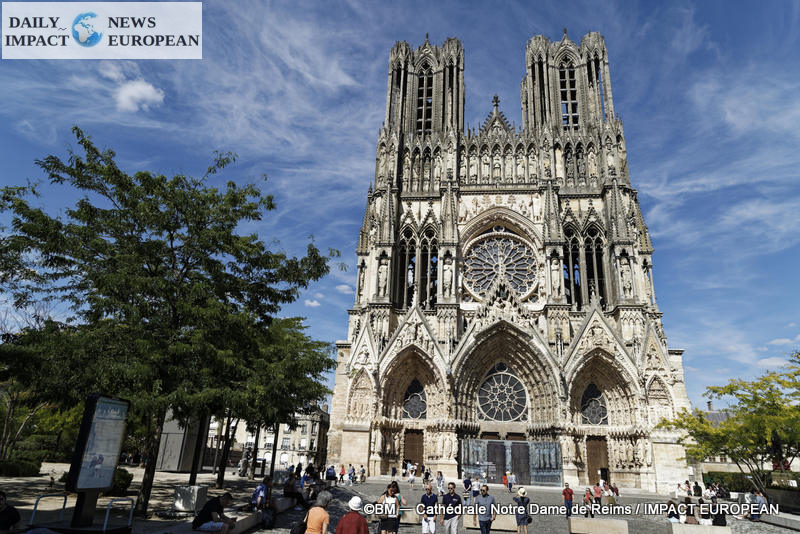

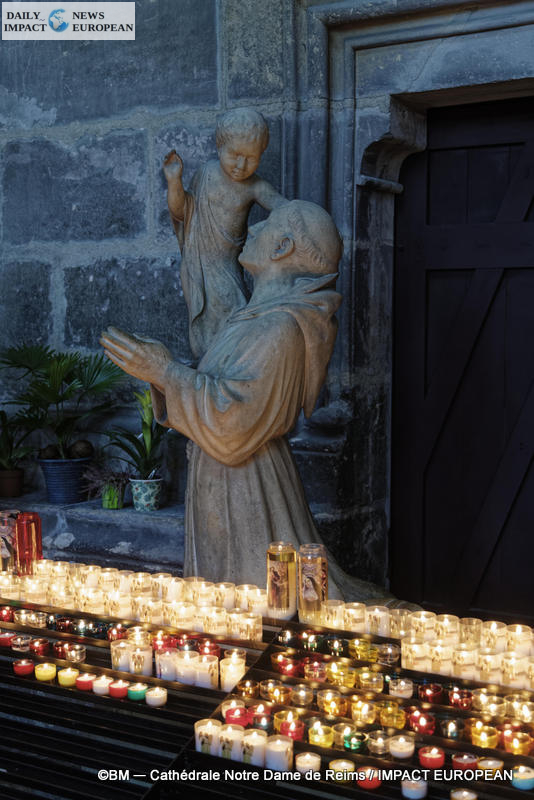
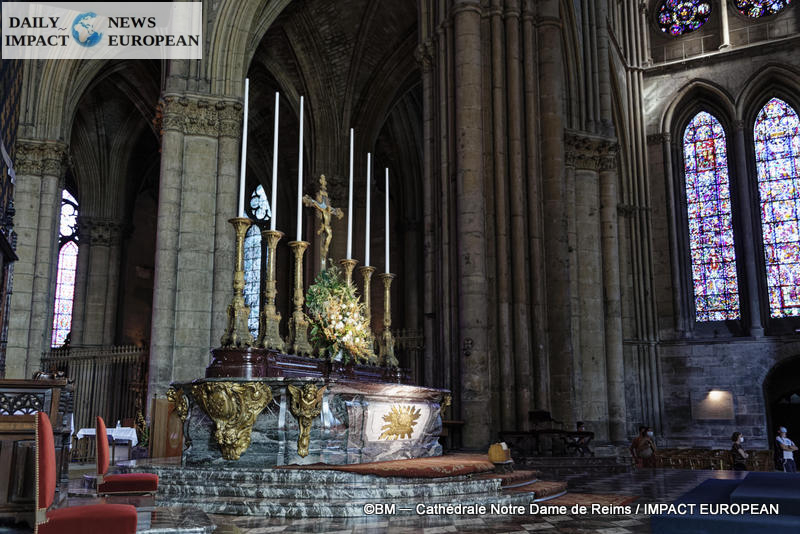
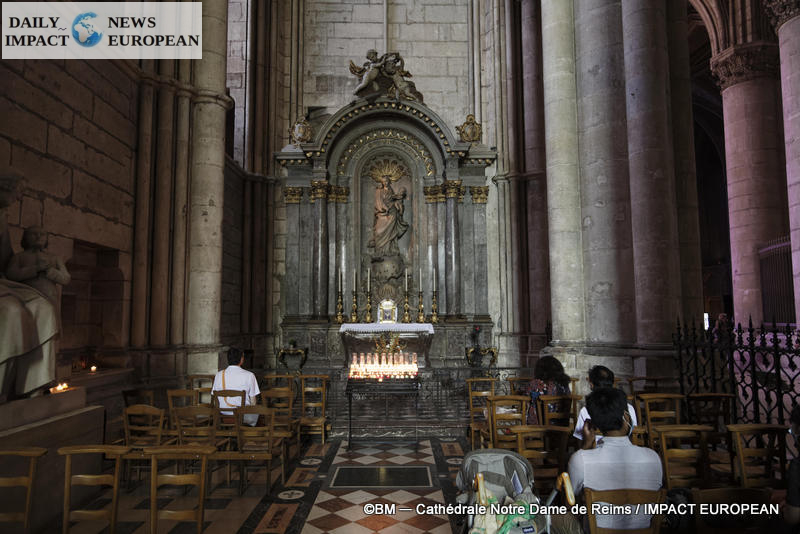
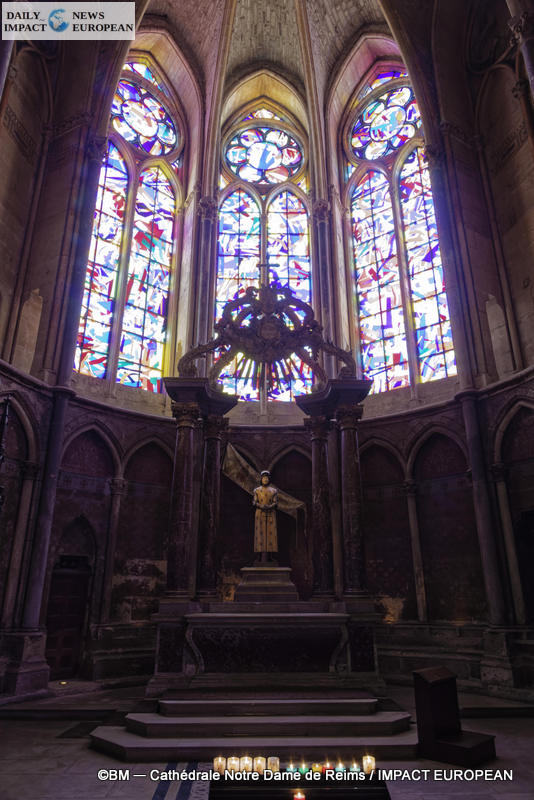
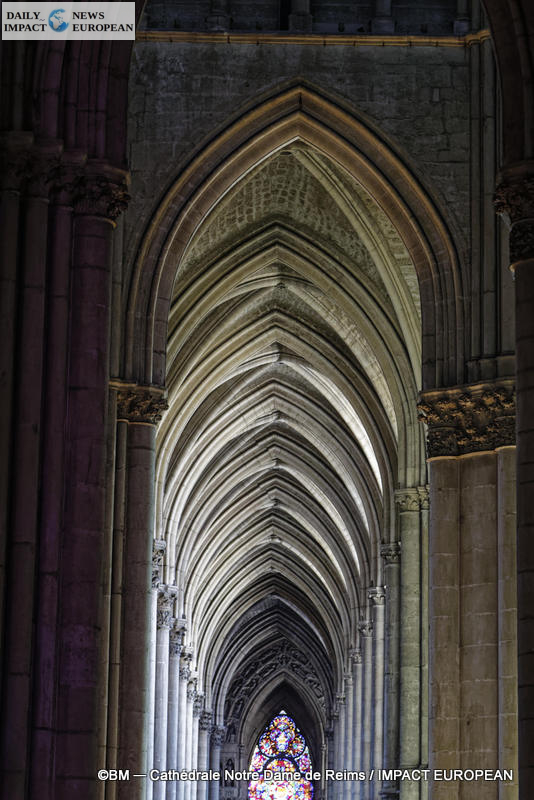
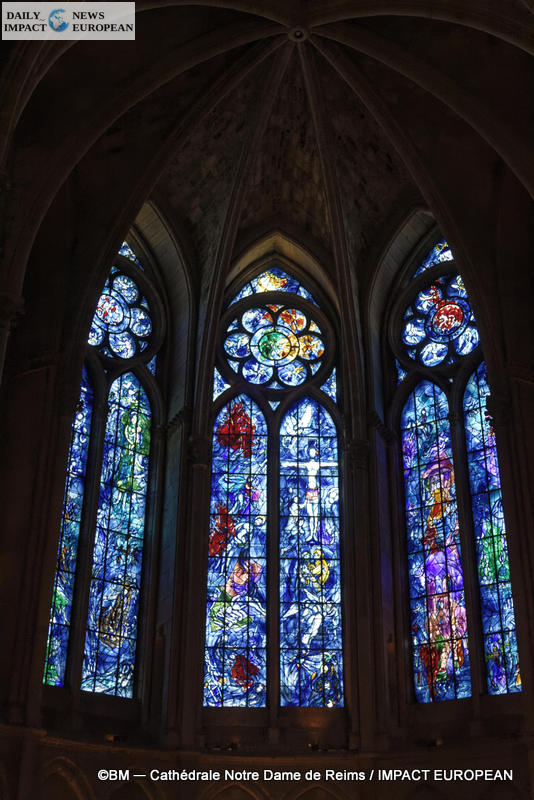
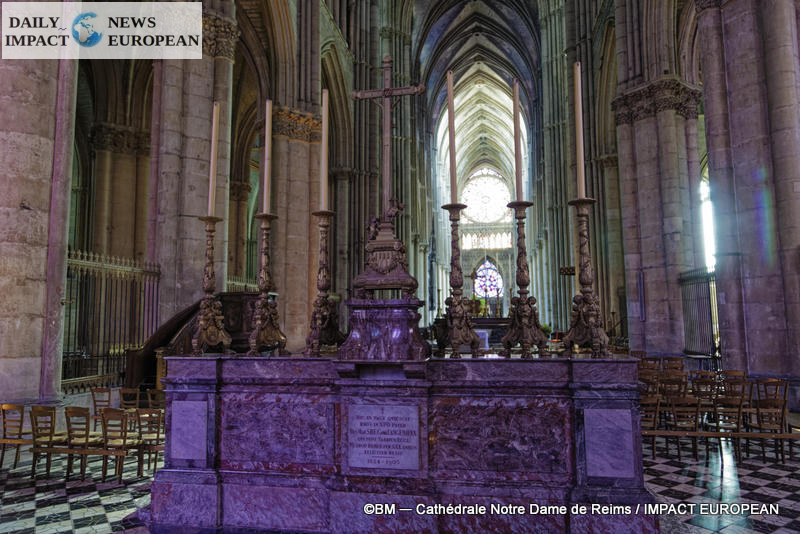

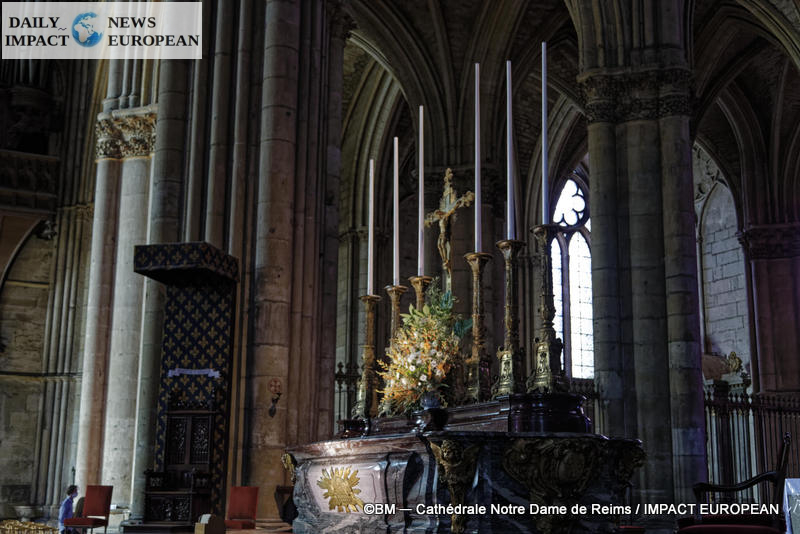
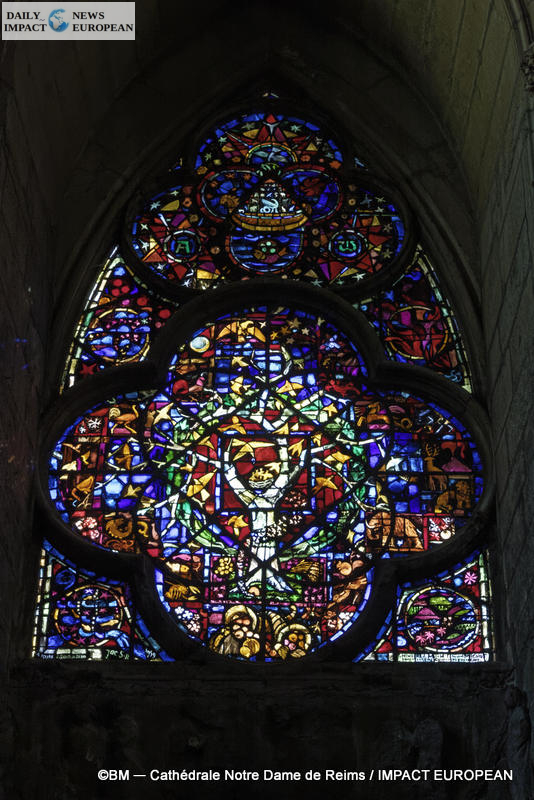


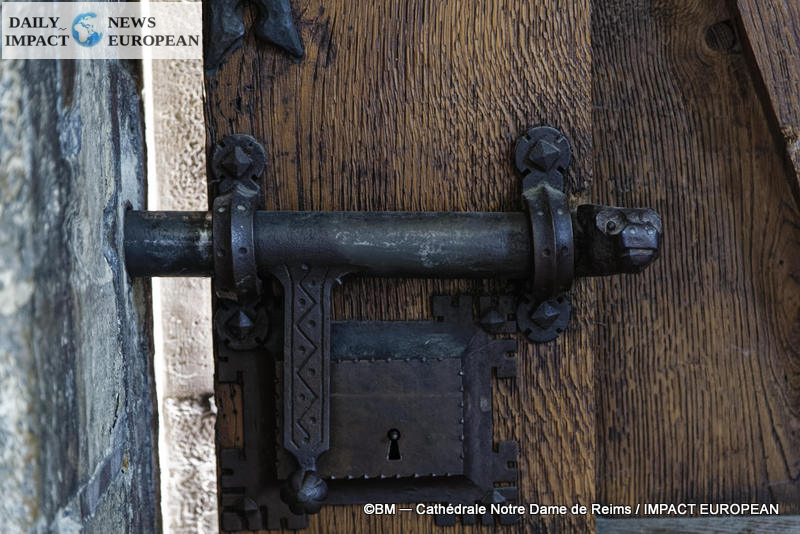
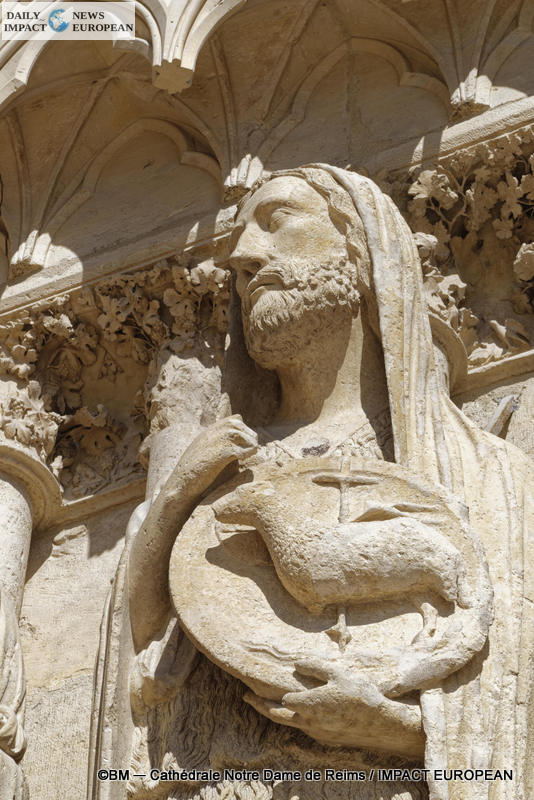
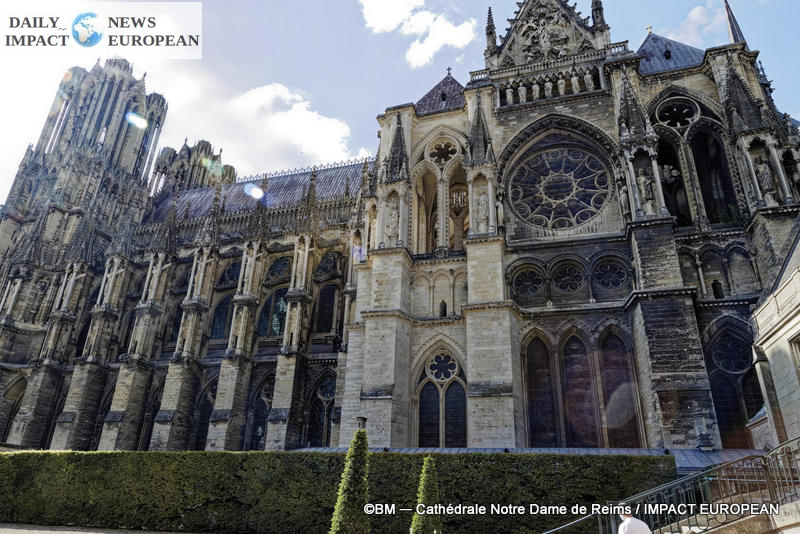
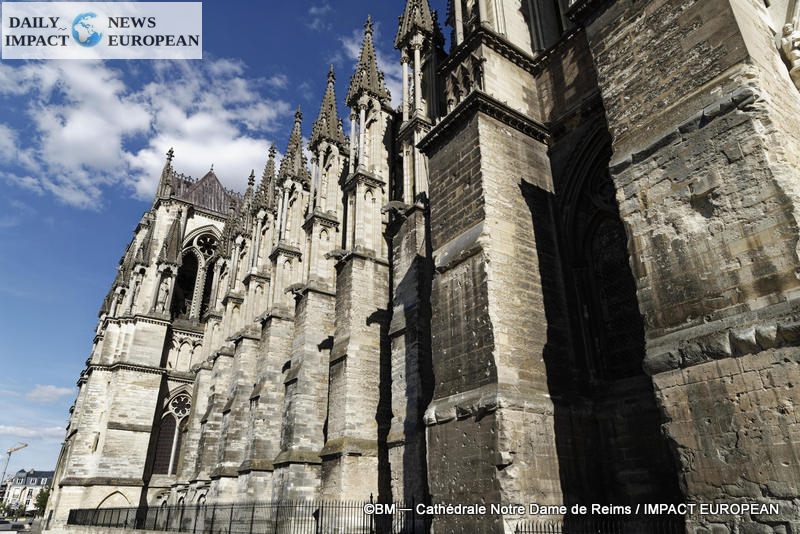
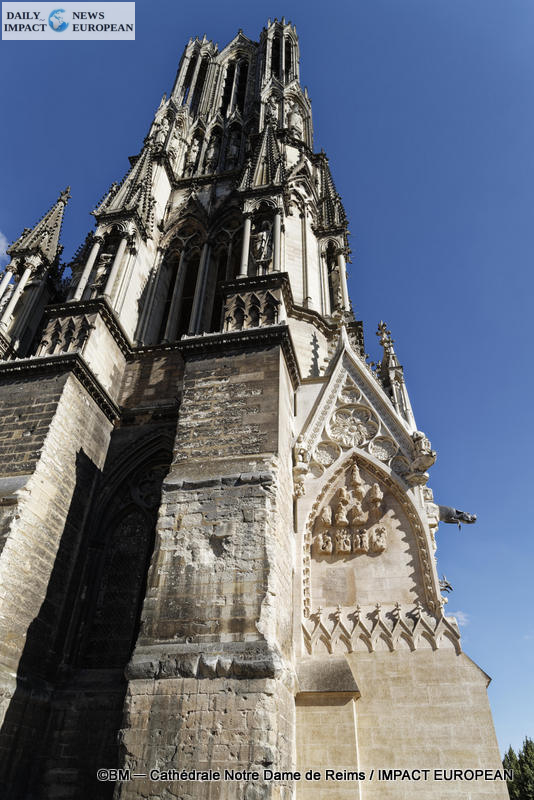
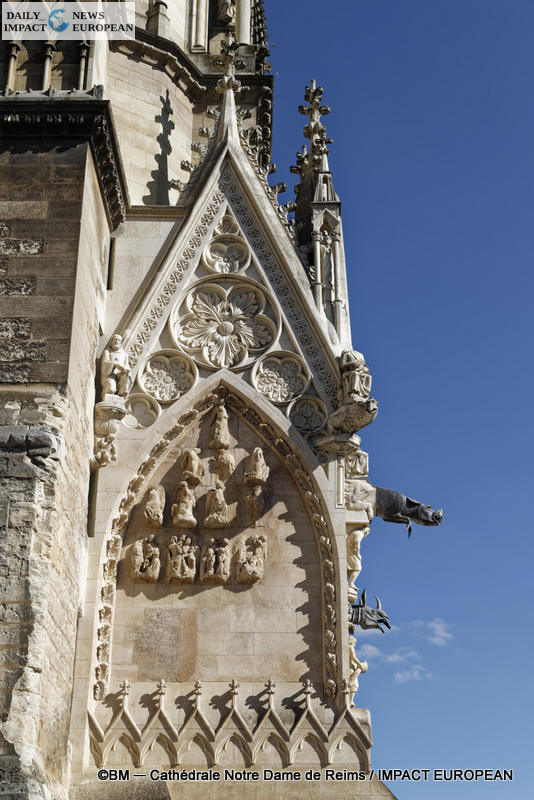
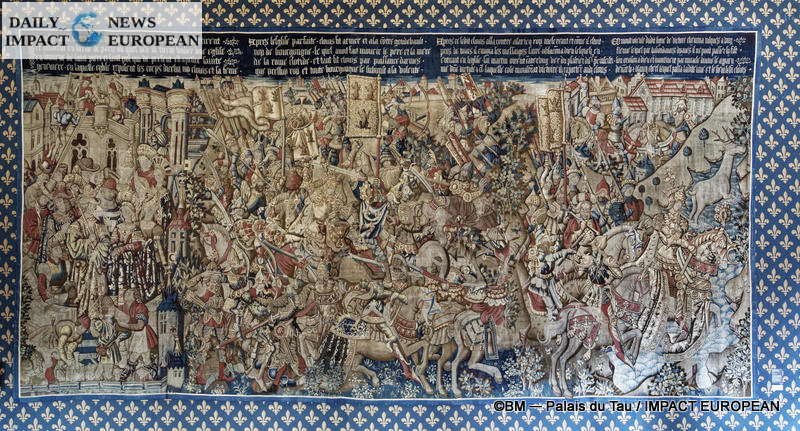
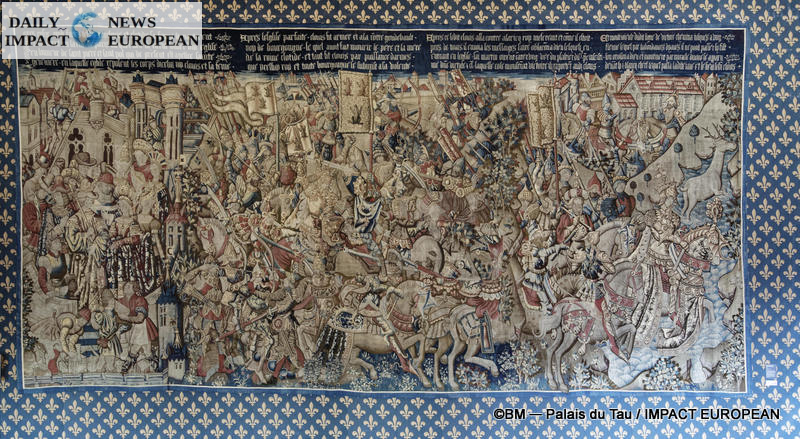
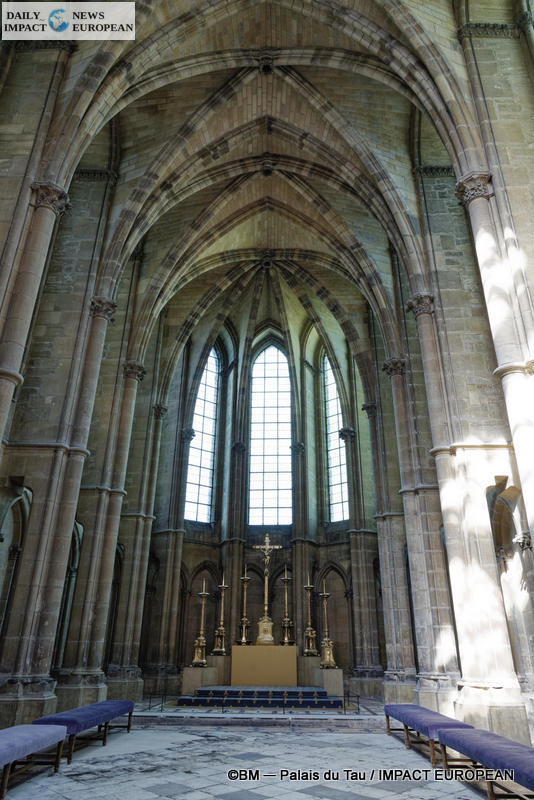
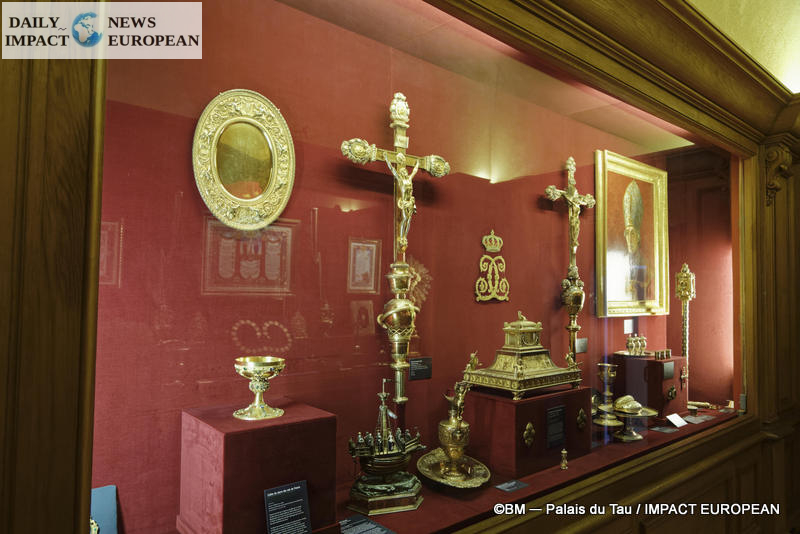
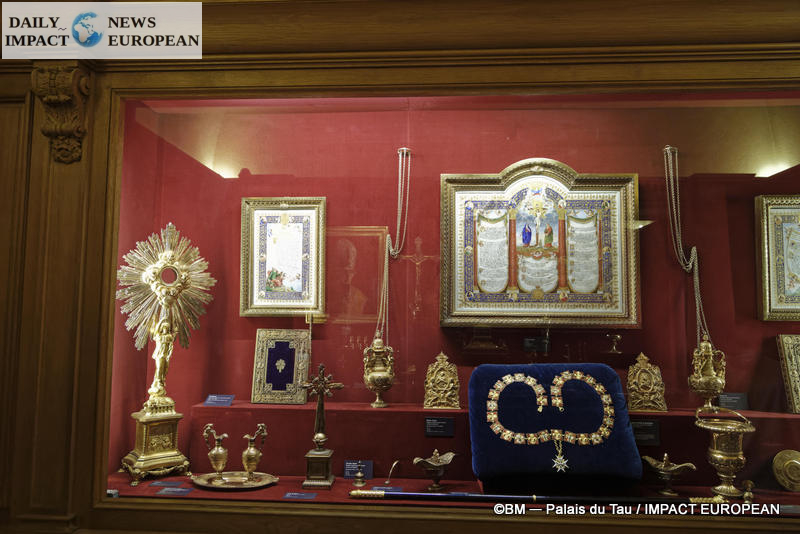
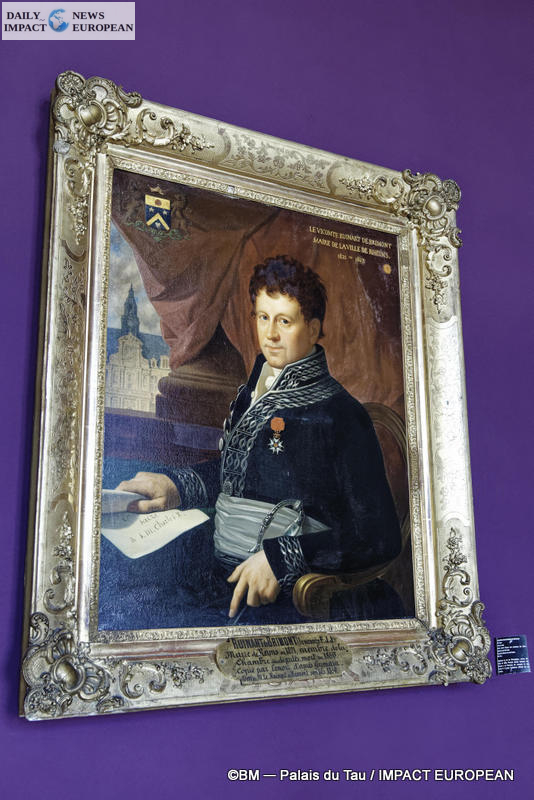
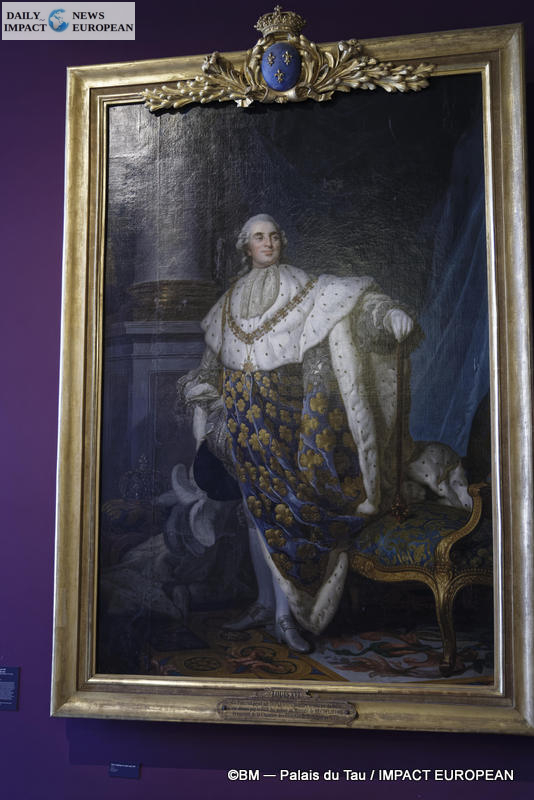
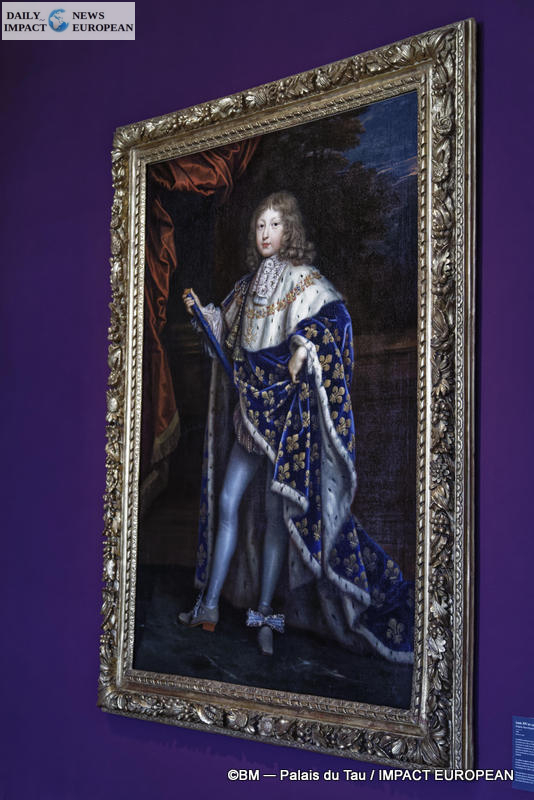
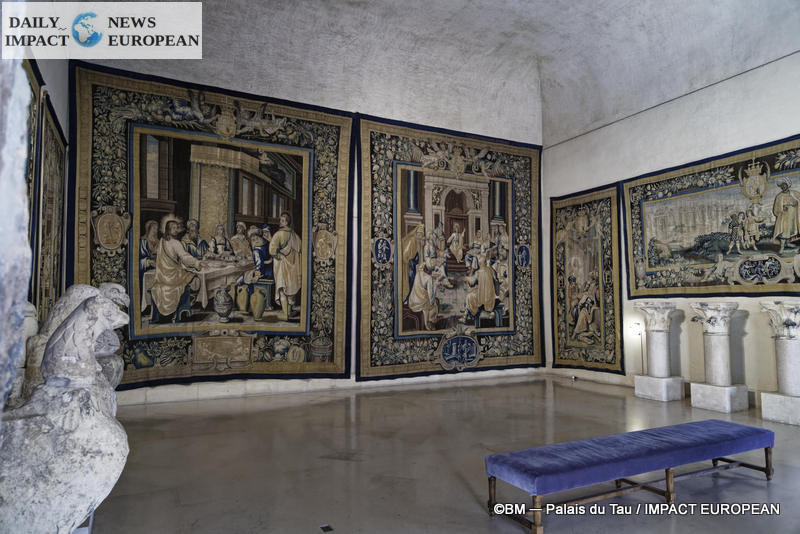
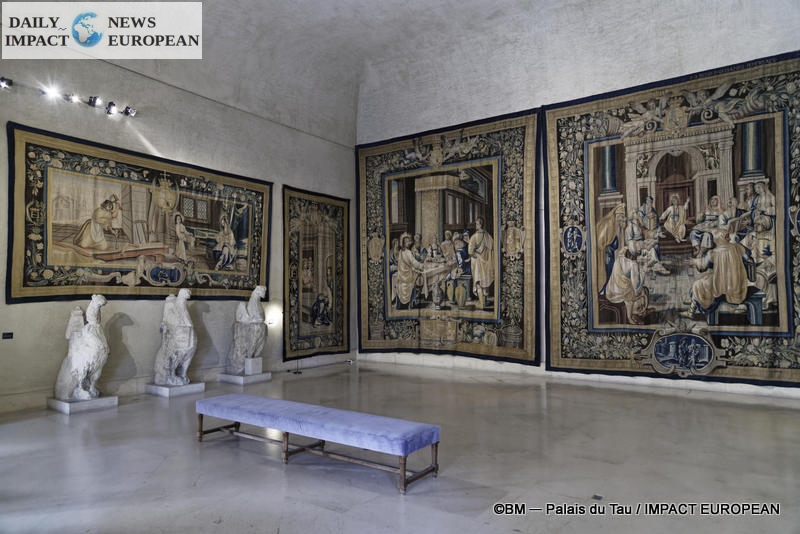
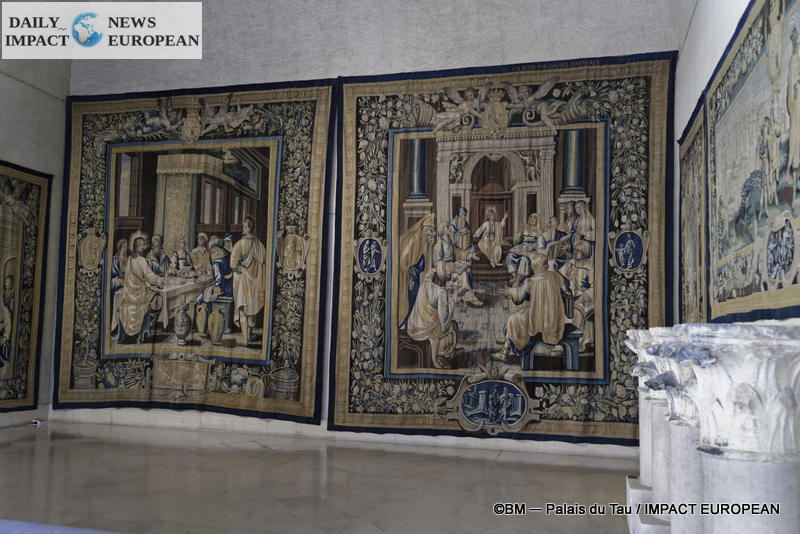
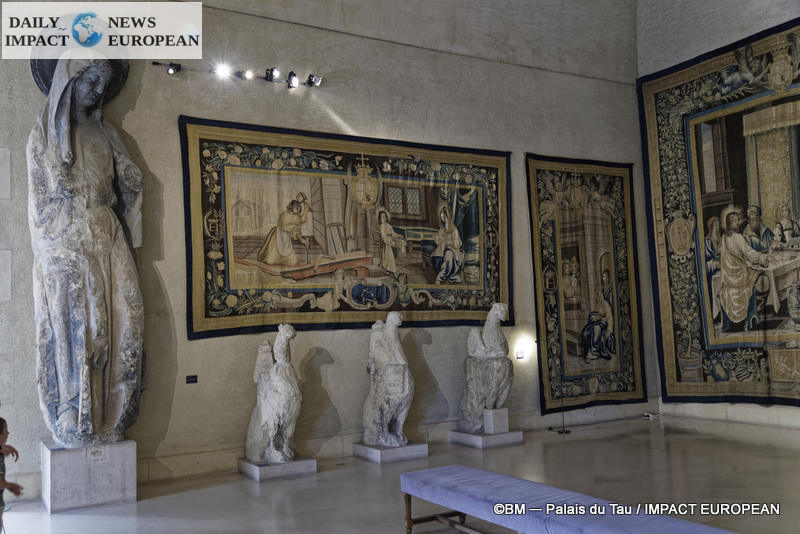
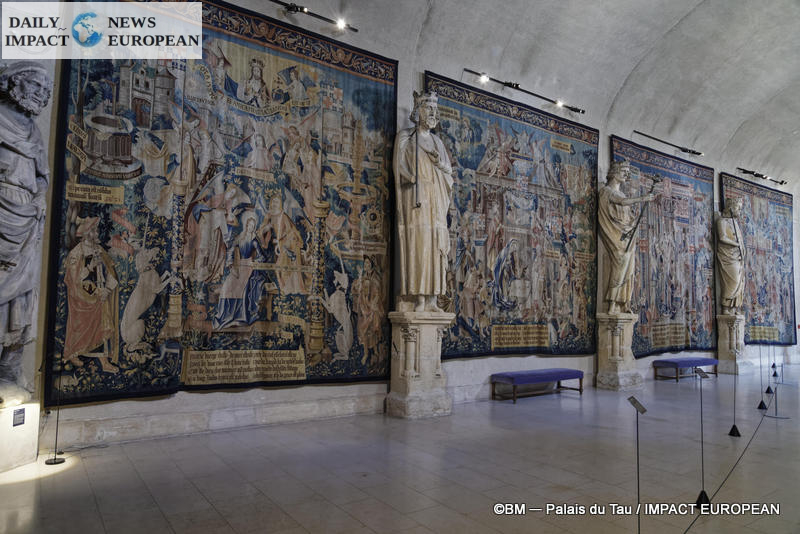
More Stories
METAL D’ALCOVE, the workshop of Eric KATZ, lighting sculptor in Montmartre
Gelsomina
Miss Gabrielle Chanel